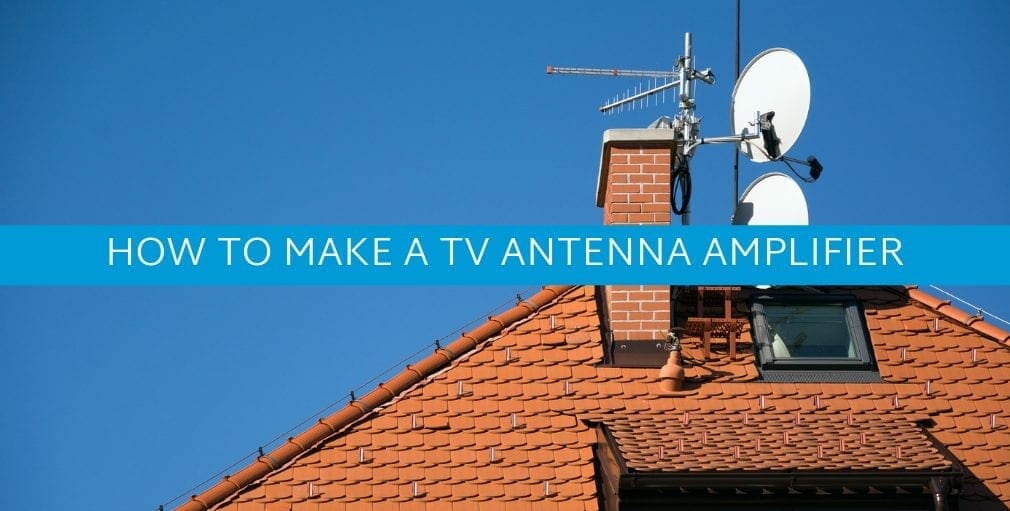Users of TV antennas have, for the longest time, had one major issue – range. The range can significantly impact the availability of TV channels and how well you’re receiving them, so the implications are pretty big. Sure, there are some really good outdoor TV antennas with great range nowadays, but if you’d rather save money, that’s not your best choice.
To help you out, we’ve made a DIY guide on how to make a TV antenna booster. It works for indoor and outdoor antennas, and you can make it out of basic materials. It also doesn’t require too much skill, so you should be set to go regardless of your DIY experience.
(If you’re struggling with your TV experience and don’t like DIY projects, we recommend you buy one, here’s the guide to the best tv antenna amplifier. For the rest of you, read on!
How Do You Know You Need One?
Before we get into the how let’s look at who needs one. You may think you do, but your problem may stem from something else.
To begin with, if you’ve got a directional antenna, you should check how well it’s adjusted. Maybe wind or bad weather moved it, and it’s no longer receiving the full signal? In this case, a mere readjustment will do.
If you’re using an outdoor antenna, you should also inspect it physically. It may be damaged, or something on it is blocking it or preventing it from receiving the full range.
So, let’s look at how to make a TV antenna amplifier. Oh, and one important thing. Make sure you read through the entire guide before you begin so you know exactly what you need and what you’re getting into.
What Do You Need?
First things first, materials.
All you’ll need is cardboard and some aluminum foil.
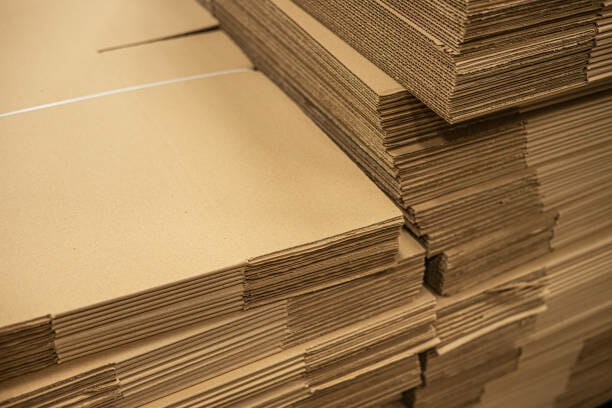
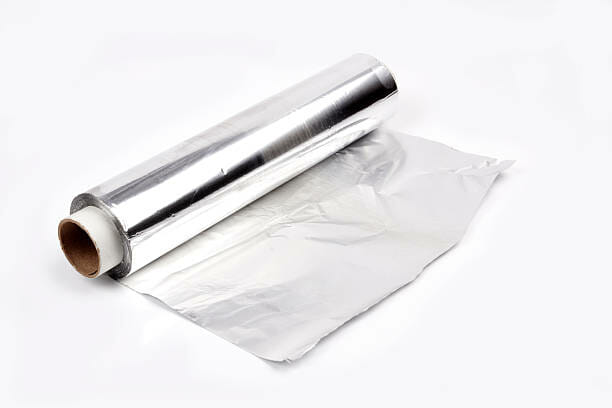
If you’re using it outdoors, you might want to grab something to cover it since neither of these materials is waterproof.
In terms of tools, a pen or marker and a sharp utility knife or scissors are all you’ll need.
There’s no specific knowledge required here – you’ll need to be careful and follow the instructions word for word.
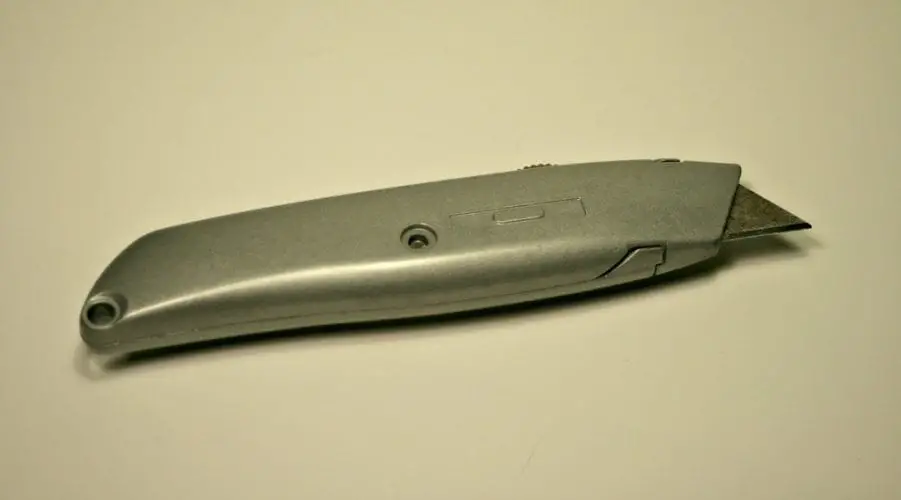
Let’s Begin
The first thing you’ll want to do is take your pen and your piece of cardboard.
Draw a circle on the piece of cardboard.
Once you’re done with this, draw a pair of semi-circular projections. There should be two of these on either side of the circle. They should be located just above and just below the midpoint of the circle. When compared to the circle, they shouldn’t be too large.
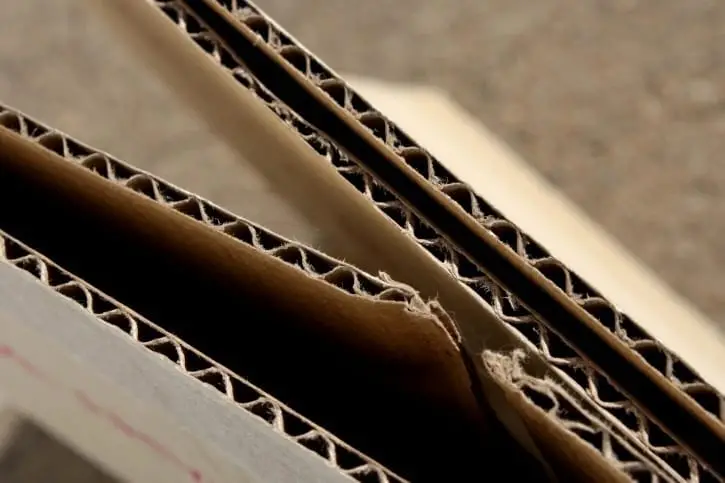
The next step is to grab some more cardboard and cut another piece into a rectangle.
The length should be a bit longer than the circle’s diameter. The width, however, should be a bit less than the circle, but it should extend further than the projections you drew at either end of the circle. With this, you’ll be making a reflector, so consider it when thinking about the sizes and how they relate to your antenna.
Grab the two pieces of cardboard, and cover each side with the aluminum foil you have.
Next, you’ll want to fold the long cardboard around the circular piece.
Then, fold the circle in half. It would be best if you cut slots in the rectangular piece, and the projections on the circular piece should fit in those slots like tabs.
Once you’re done with everything, the entire “device” should remind you of a semicircle.
The next step is to fold the circle’s outside edge. It would be best to form a lip that extends through the entire piece.
You’ll have the foil-covered circle suspended in the other piece.
Grab what used to be the circle, now a semicircle, and cut a small hole in the middle.
Don’t make it too large – just the antenna should fit inside.
Attach the amplifier over your antenna, and you’re good to go!
Does It Work?
We know – cardboard and aluminum foil sound more like a conspiracy theory than something that has an actual effect. However, knowing how to make a TV antenna amplifier like this is useful, and you’ll notice that signal reception is quite a bit better.
You will get a bit more range, but more importantly, you’ll get a higher-quality image from your TV channels.
Here’s an Antop Smart Boost Review that you can check later on.

